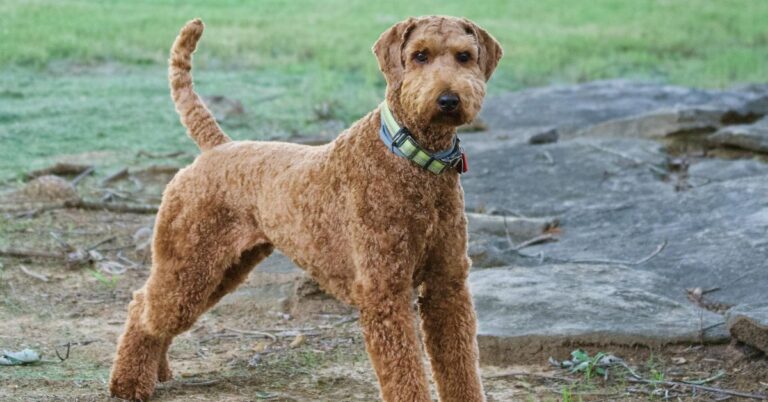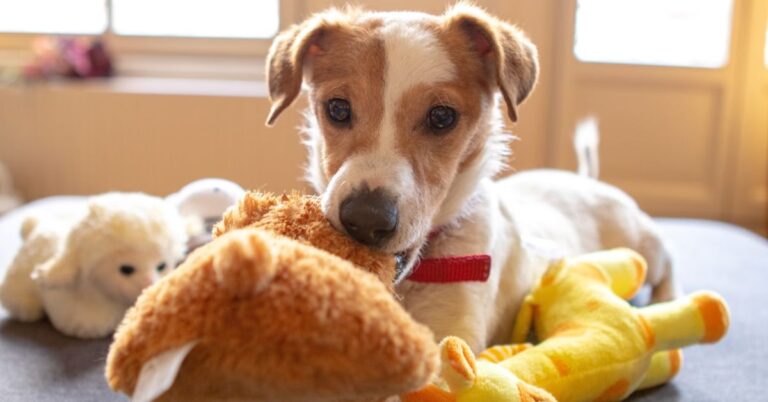10 Simple Practices For Raising A Fit And Happy Dog
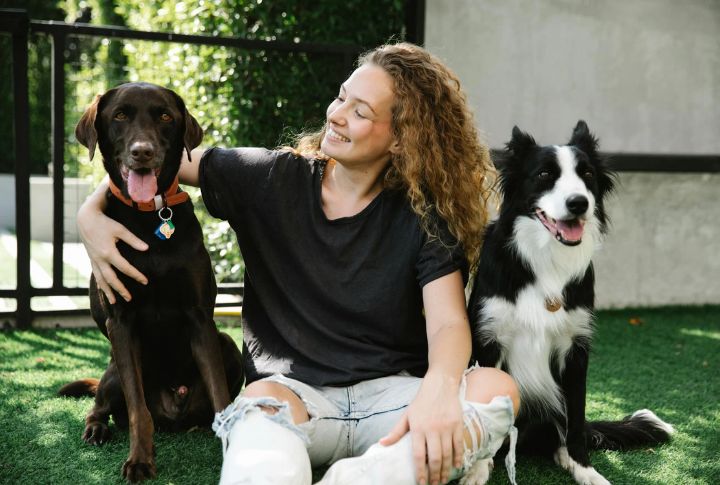
Taking care of your dog doesn’t have to be complicated. A few easy habits can keep your pet feeling great every day. Ready to learn how to raise a happy and healthy dog? Let’s walk through some simple practices that’ll make a big difference.
Choose The Right Dog Food
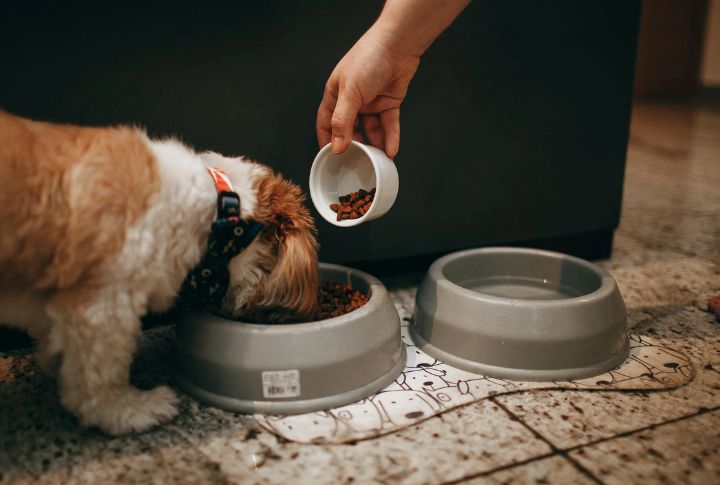
Dogs don’t thrive on filler ingredients. Quality brands like Orijen and Acana use real meat, which supports strength and healthy development. Sensitive dogs—especially puppies and seniors—often do better with limited-ingredient diets. Paying attention to what’s in the bowl helps reduce allergies, improve digestion, and support long-term well-being.
Set A Daily Exercise Routine
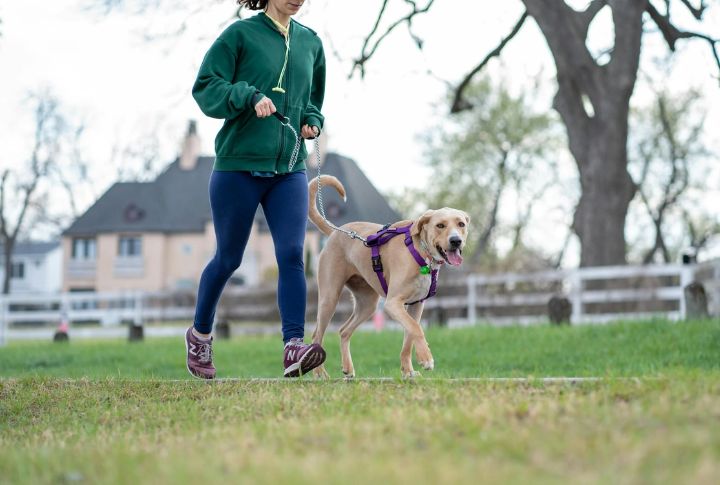
No need for a stopwatch, but consistency matters. For example, a healthy adult Labrador needs 60–90 minutes of daily physical activity. Without it, dogs often channel energy into chewing shoes or digging. Use routines like structured walks or agility play, catered to your dog, to support cardiovascular health and prevent obesity.
Train With Positive Reinforcement
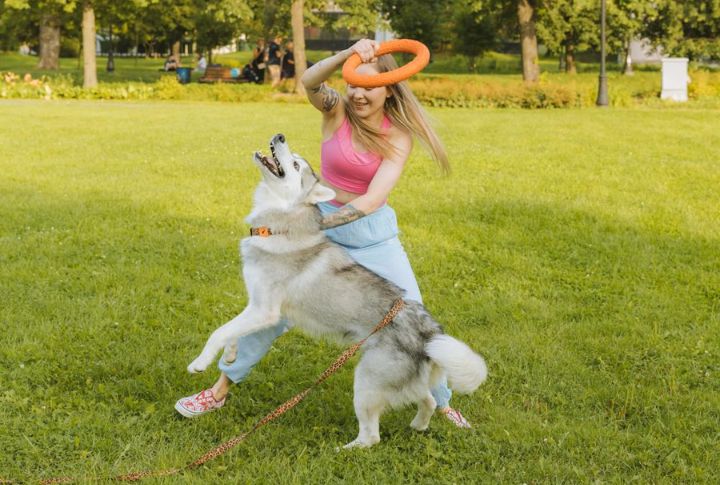
When B.F. Skinner coined the concept of “operant conditioning,” it changed the way we teach dogs. Rewarding became the go-to move to encourage them to repeat that behavior. Punishment, on the other hand, often creates stress. In fact, dogs trained positively build stronger trust bonds and show better recall and patience.
Create A Comfortable Sleeping Area
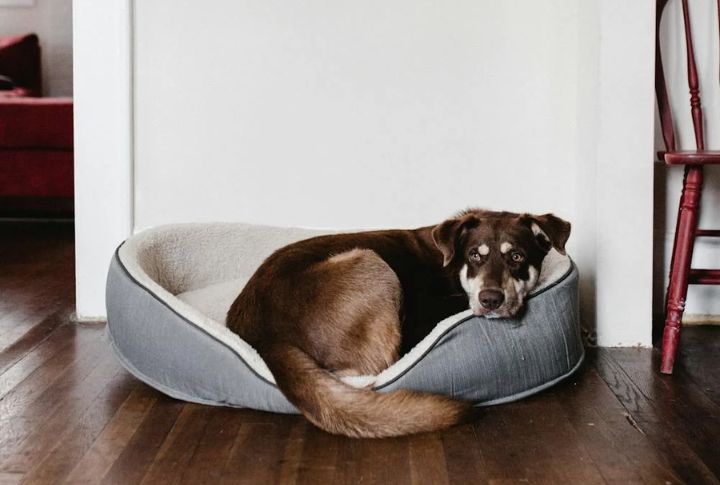
A good bed may be a luxury, but it helps prevent pressure sores and joint strain, particularly in larger breeds. Orthopedic beds like the PetFusion Ultimate are ideal for senior dogs or any pup over 30 pounds. Position the bed in a quiet space to avoid overwhelm. Restful sleep supports immunity and mood, even in highly active breeds.
Groom Regularly With Proper Tools
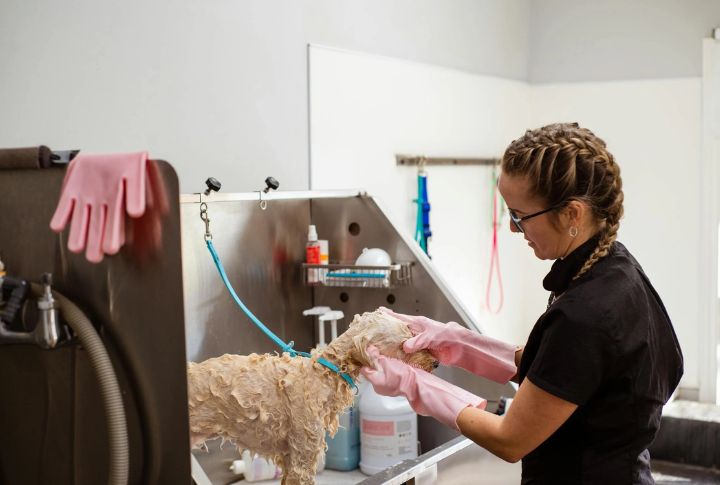
A double-coated breed like a Husky sheds year-round. So, without the right tools, loose fur can cause painful mats and hot spots. Bathing every 4–6 weeks and brushing 2–3 times weekly removes debris and prevents infections. Clean ears and trimmed nails are also just as important to your dog’s comfort.
Visit The Vet For Health Checkups
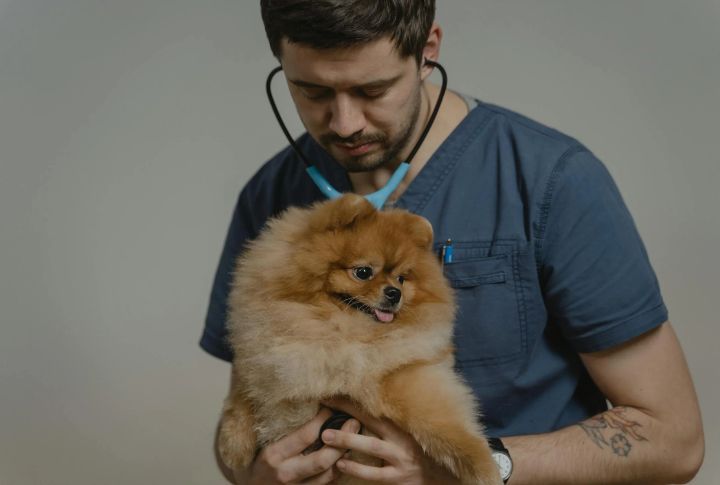
Rabies, DHPP, leptospirosis—those core vaccines are typically given at 8, 12, and 16 weeks. But don’t stop there. Annual checkups catch early signs of things like kidney disease or thyroid issues. A dog might seem fine, but routine bloodwork can flag problems before symptoms appear. Remember, prevention is always cheaper and kinder than treatment.
Maintain Good Dental Hygiene
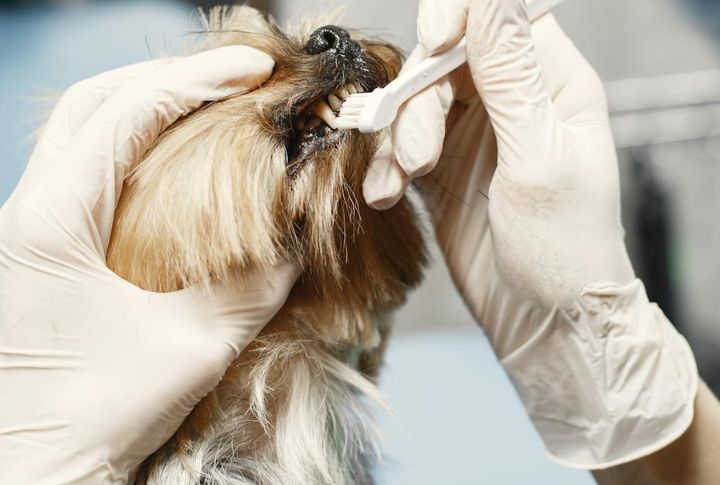
It’s not just about bad breath. By age three, over 80% of dogs show signs of gum disease. Try brushing with a vet-approved enzymatic toothpaste like Virbac C.E.T. daily, or use dental chews like Greenies. Left unchecked, oral bacteria can enter the bloodstream and damage vital organs, causing unnecessary complications.
Meet Your Dog’s Breed-Specific Needs
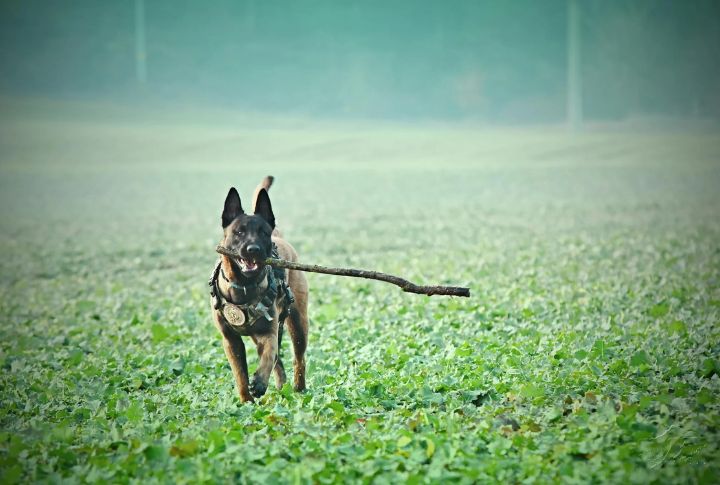
Breeds were shaped for specific purposes or tasks. A Belgian Malinois, bred for herding and protection, needs constant tasks, or it’ll invent its own. Without the right outlet, working breeds become anxious or destructive. On the flip side, a Shih Tzu might need more grooming and less exercise. Knowing the difference makes everything easier.
Ensure Proper Hydration
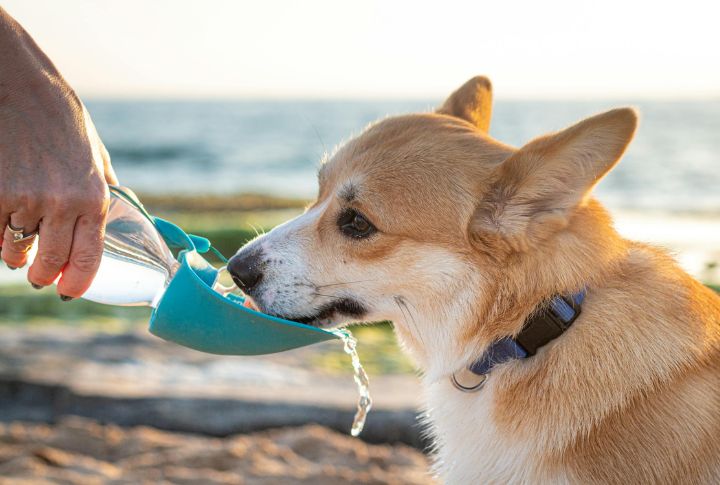
A dog should consume around one ounce of water per pound of body weight each day. Hot weather, exercise, or a high-protein diet increases the need. Dehydration leads to sluggishness, dry gums, or even urinary crystals. So, if your dog’s a reluctant drinker, adding low-sodium broth or floating treats in the water bowl helps.
Start Early Socialization For Good Temperament
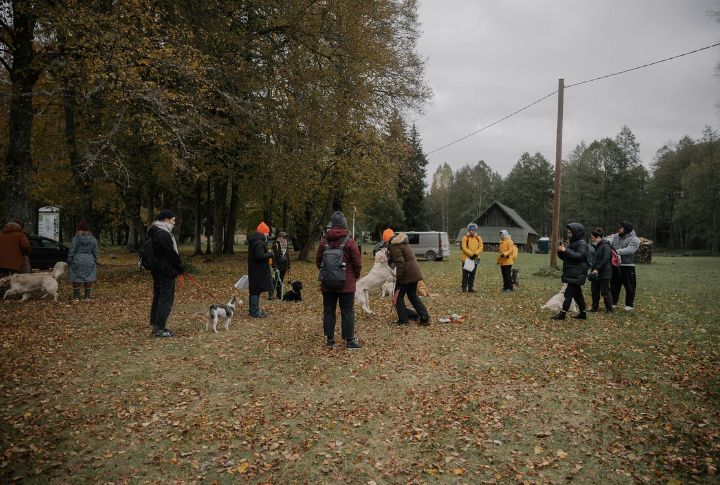
Between 3 and 14 weeks, a puppy’s brain is wired to absorb new experiences. During this stage, introduce them to strangers and other animals. Various sounds, like traffic noise, can be normalized, too. Lack of socialization can lead to fear-induced behavior later in life. Puppy social classes and safe exposure walks lay the groundwork for confident, calm adult dogs.

